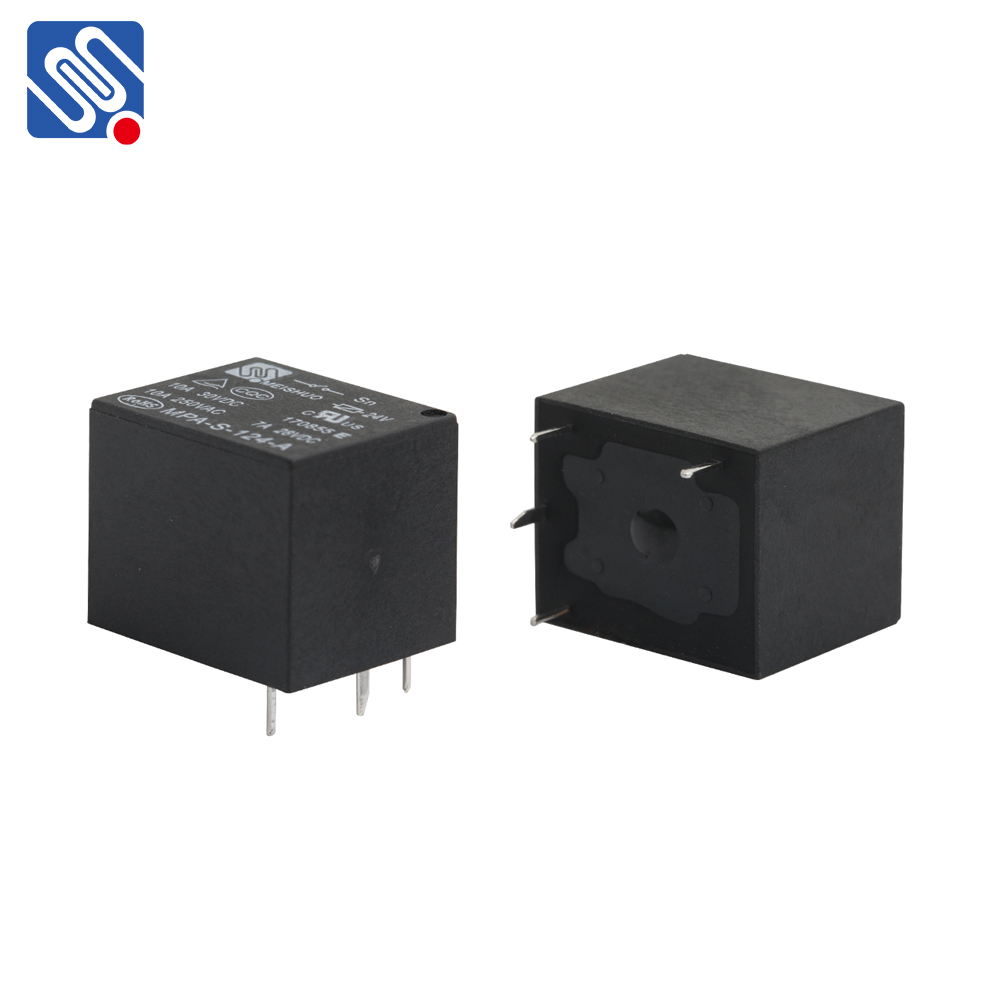The 24V 10A relay is a widely used electronic component in various applications that require the switching of higher currents with a low-voltage control signal. Relays, in general, serve as electrically operated switches that allow a low-power circuit to control a high-power one. The 24V 10A relay, in particular, is designed to handle 24 volts of DC power while switching up to 10 amps of current. This makes it an essential tool in industrial automation, automotive systems, and many other fields where precise and reliable switching is needed.

What is a 24V 10A Relay? A relay is an electromechanical device consisting of an electromagnet, a set of contacts, and a spring. When an electric current passes through the coil of the electromagnet, it creates a magnetic field that pulls the contacts together or pushes them apart, depending on the relay’s design. This mechanism allows the relay to open or close a circuit in response to the control signal applied to the relay’s input terminals. The 24V 10A relay specifically operates at a 24V DC control voltage, which means it can be triggered by a 24V direct current signal. The relay’s contacts can then switch up to 10A of current, making it suitable for controlling larger loads such as motors, lamps, and other electrical appliances.
Leave a Reply